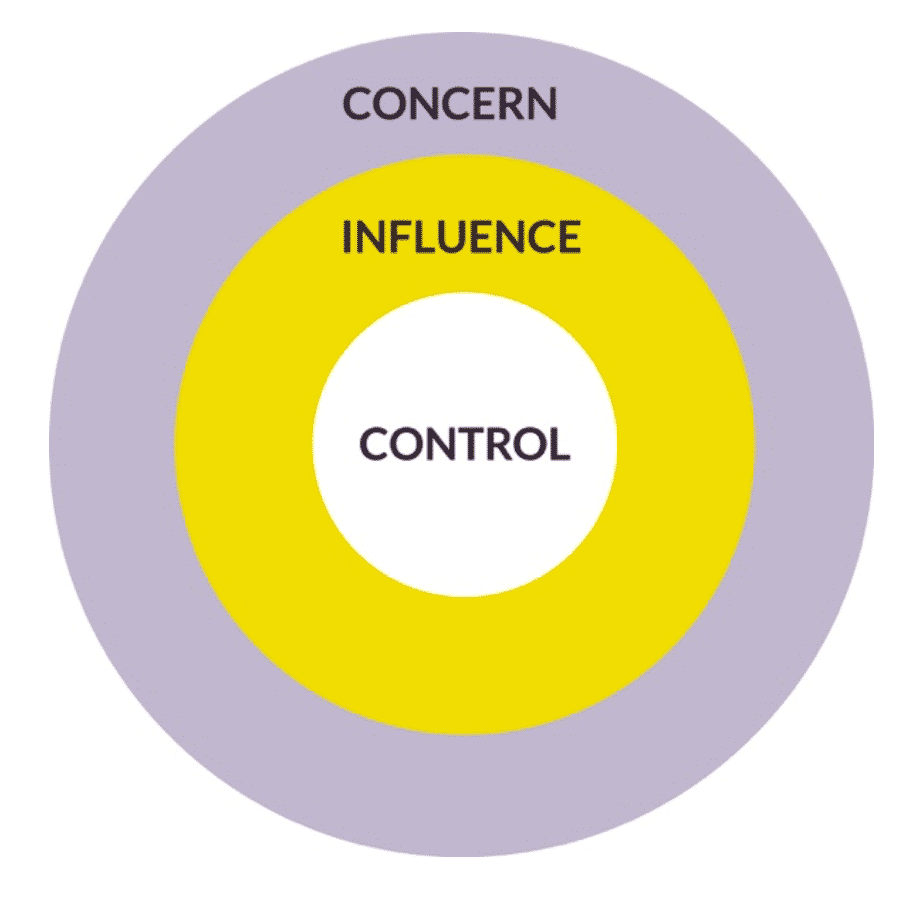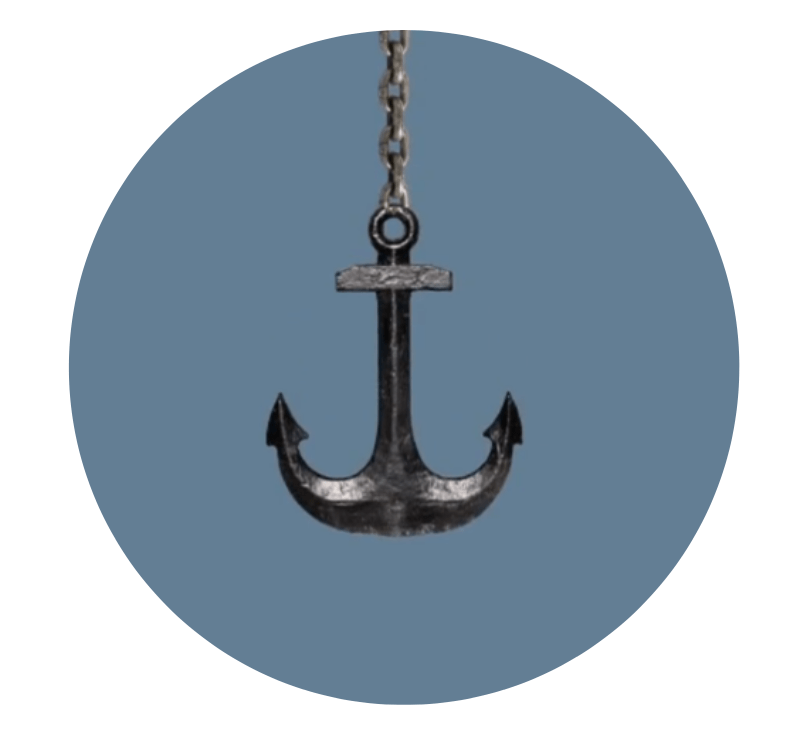Over the past four weeks I’ve found myself regularly engaging in conversations with family, friends and clients around worries and concerns about what our future may hold. It makes sense. We are thinking beings after all and there are a lot of unknowns right now.
One tool I find particularly helpful when things feel like they are getting a bit too much is to ascertain what are the things that are within my personal control right now and what things fall outside of this. All too frequently we can get wrapped up in concerns that, regardless of how much thought and energy we invest, we have little to no control over. I find Stephen Covey’s circle of control model a nice visual reminder of this.
The model reminds me that our brains are drawn to focus on the wider circle of concern and that can be an overwhelming and helpless space to be in. It also reminds me of our ability to influence others and the need to focus on our circle of control right now.

For example, what am I doing right now to look after myself? To do the things that give me a sense of meaning and purpose day-to-day. To connect in with those people that matter to me and to be present and support those in my home bubble.
Another psychology tool I have found myself drawn to in recent times is the worry tree. The worry tree is adapted from Butler and Hope’s (1995) approach to worry and anxiety. It’s a helpful framework to notice and effectively respond to worries I can and can’t do something about.
Worries can often be experienced as being uncontrollable, time consuming and sometimes we hold the belief that engaging with the worry is helpful. What can follow nicely from the worry tree is allocating a ”scheduled worry time” each day. For example, setting 30 minutes aside at 4pm each day to allow myself to focus on the things that concern me right now. This can be an effective way to acknowledge the worries without them hijacking your entire day.

Finally, if things are getting a bit too much, we talk about a tool in psychology called ”dropping anchor” (developed by Russ Harris).
It’s a nice simple tool that we can literally use anywhere at any time to re-centre ourselves. When I introduce this tool to clients, I use the acronym ACE to provide guidance:
A: Acknowledge difficult thoughts and feelings.
For example, worrying that “a loved one might become unwell”.
C: Connect – come back to your body.
For example, focus on your breath or press your fingers together. Plant your feet on the floor.
E: Engage with present moment
For example, what is going on around you? What can you see? What can you hear?
The idea behind “dropping anchor” is not to make the worries or emotional storm go away but rather to assist you to hold steady in an emotional storm and to know the storm will pass in its own time.

I hope that you find the above psychology tools useful. Please make contact with us if you would like to learn more tools and connect with one of our team of psychologists for psychological support.
Jasmine.



